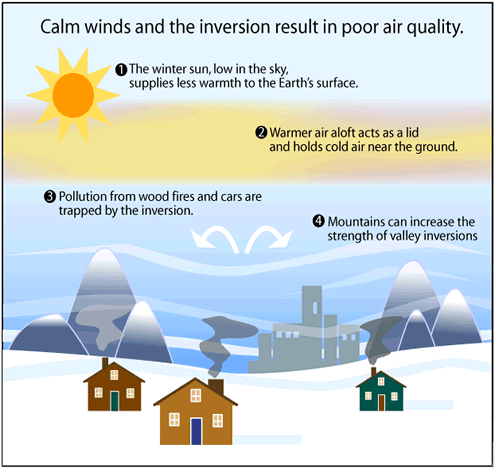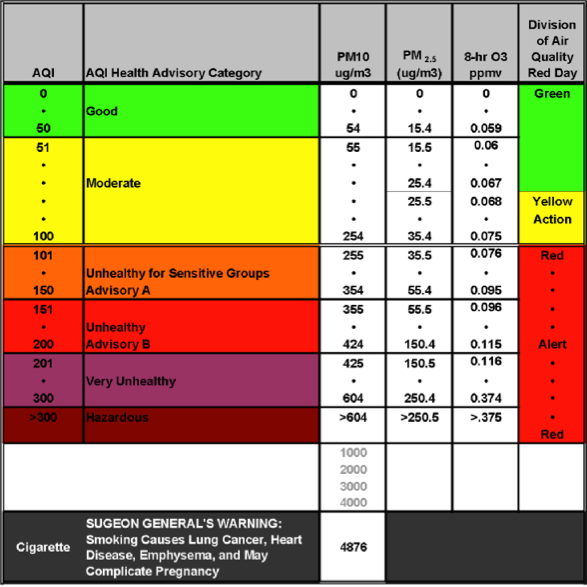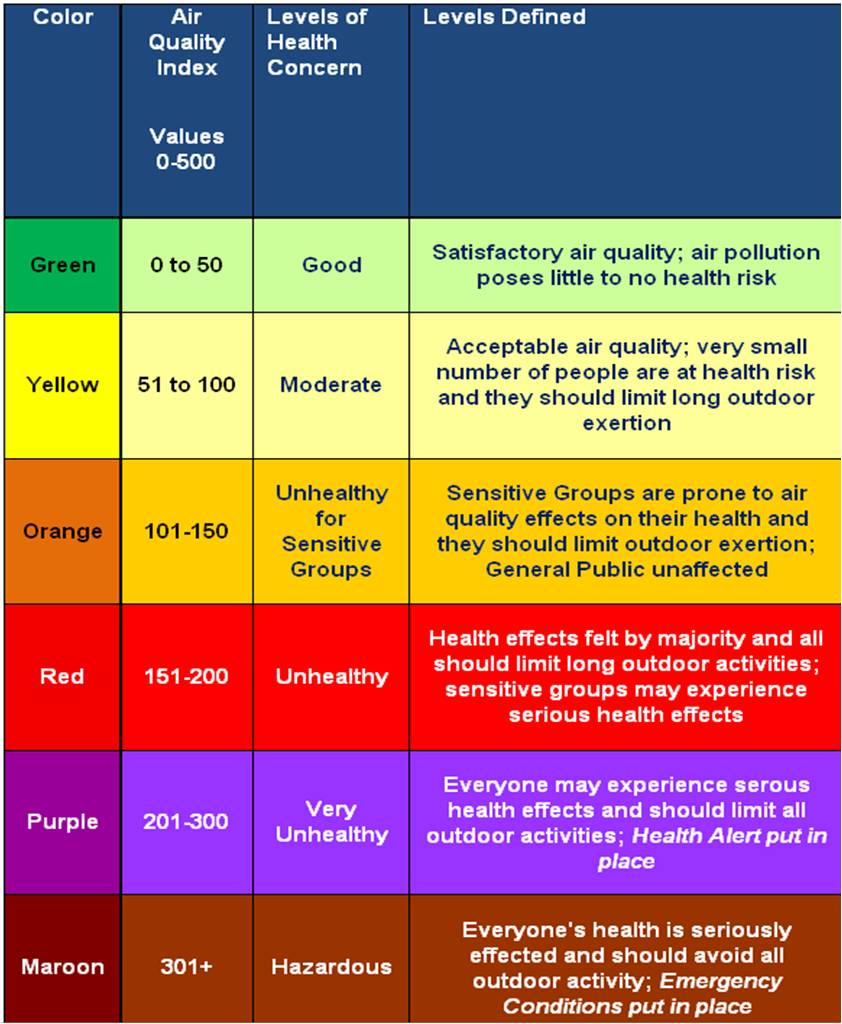We live in a great state. As you may have noticed in the 2010 census, Utah was the 3rd fastest growing state in America over the last 10 years. Obviously, the word has gotten out. Maybe it had something to do with those Winter Games we hosted in 2002? Regardless of the reason why people are relocating to Utah, one of the “not-so-great” things with have to deal with in the winter months is the bad air caused by inversions, and for runners, in particular, the difficulty of trying to run on a bad air day.
Interestingly enough, inversions have been a part of Salt Lake Valley since the settlers arrived. Obviously, pollution from cars has mostly replaced pollution from homes heated with wood or coal burning stoves, but people choosing to run a 20 miler on a bad air day is not an issue haunting us from the past.
What is an Inversion?
 Simply put, a temperature inversion is when a layer of slightly cooler air is trapped beneath a layer of warmer air. The fact the Salt Lake Valley is partially surrounded by mountains aids in the trapping effect as this inversion becomes more “pinned” in. Wind and weather can help to break or push the inversion out, but the space time between these weather events can be lengthy and often leaves people wondering what they can do outside without causing potential harm.
Simply put, a temperature inversion is when a layer of slightly cooler air is trapped beneath a layer of warmer air. The fact the Salt Lake Valley is partially surrounded by mountains aids in the trapping effect as this inversion becomes more “pinned” in. Wind and weather can help to break or push the inversion out, but the space time between these weather events can be lengthy and often leaves people wondering what they can do outside without causing potential harm.
Product Review: The RZ Mask for Inversion.
How is Air Quality Measured?
The United States EPA has established National Ambient Air Quality Standard for each of the following pollutants: Carbon Monoxide, Ozone, Particulate Matter (PM10) and (PM2.5), Sulfur Oxides. By combining the totals of the measured pollutants an air quality index has been created (see the “Advanced Pollutant Chart” below).
How to Check for Air Conditions:
Become familiar with the following websites. On the Utah DEQ site you can sign up for their email list and they will automatically send you an update when the air reaches unhealthy levels.
Utah’s Department of Environmental Quality
United States Environmental Protection Agency
How to Run on a Bad Air Day
1. Realize that every “body” is different. You need to pay attention to how you feel on certain days outside and correlate that with the actual air color of the day (see 2nd chart below). This will allow you to make quick decisions and make alternate plans. When air quality reaches red level it will effect everyone, regardless of fitness and health status, and is not worth the extra health risks Alternate solutions should be found.
2. Plan other options if the air color is not suited for you, e..g, running on a treadmill, running inside at the Utah Oval, heading for higher elevations like Jeremy Ranch Road , Rail Trail in Park City, Pipeline Trail in Millcreek Canyon, or find some type of air filtration device that you can wear while exercising.
3. Focus on being flexible and adjusting your training schedule to the time of day or day of week that will give you the best chances for clean air. Study the trends and forecast.
4. Learn what you can do to help reduce pollutants.
Advanced Pollutant Chart
Simplified Pollutant Chart
Originally Posted: February 3, 2011



1 Comment. Leave new
Thank you for the info on this big issue.